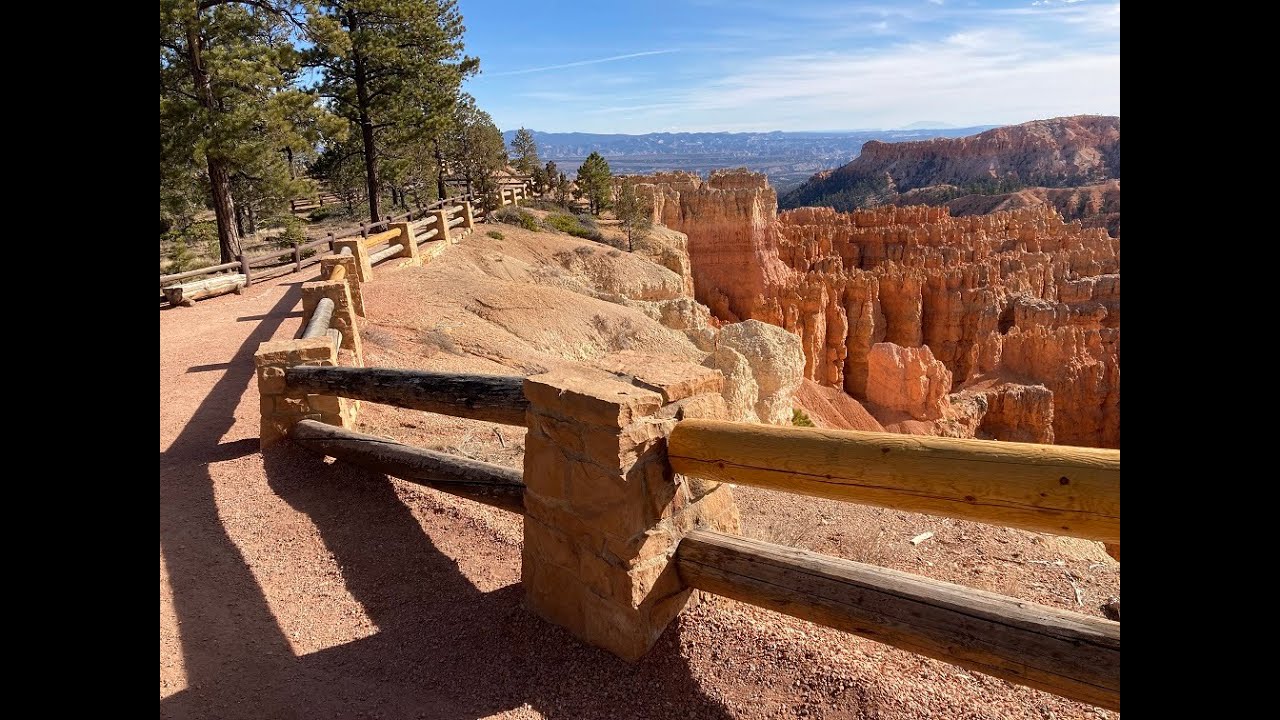Guests: Doug Sharp and Rich Geer
Description: In this episode, we will describe various destinations where you can examine the geological features of the world yourself. I will tell you how to get there, what to look for, and who you might consult at the site.
Usually there is a visitor’s center at the various parks, and you can obtain literature that will give the standard evolutionary perspective explaining how geologists interpret what you are looking at. They are looking at the same evidence a creationist sees, but they are operating under different assumptions. Don’t allow this to intimidate you but learn how to separate the actual physical evidence from its interpretation.
Some of these sites will require you to do a lot of hiking and exploring. If you do that, research the hiking conditions that the park service publishes and consult with the park ranger. Bring plenty of water and food. If you are doing an extended hike, make sure that you are wearing the appropriate shoes, clothing, sunblock, insect repellent and hat.
Carry a map, GPS, or use walkie-talkies. A geologist’s rock pick or hammer can be used to gather samples, usually fossils. Stay on the trails, and keep in mind some of the wildlife may be dangerous. If you ride by mule or horseback, they may on occasion try to get you to dismount by getting too close to the edge of the cliff or rub up against the side of a canyon. Water shoes are recommended if you are wading in a stream, like in the Narrows of Zion canyon. It is very helpful to go with a guide, and in some places there are creationist guides available.
A creationist will look for scientific evidence of catastrophe. Fossils are evidence for quick burial. If you see a dead skunk on the side of the road, It is not long before the carcass of that animal decays and erodes away, even the bones. Pay attention to the fine sedimentary layers in the rocks and how they are deposited. In some cases, they may not be in the order evolutionists expect. Look for evidence of rock movement. This would include, faults, slickensides, breccia, gouge, conglomerates, and scraping marks.
You will often encounter evolutionary explanations for what you see, and in most cases what the evolutionist sees is the same thing that you see. We have the same evidence. It is a matter of interpretation of that evidence. That being the case, you can ask yourself if geology also exhibits evidence that it took place rapidly rather than over millions of years.
